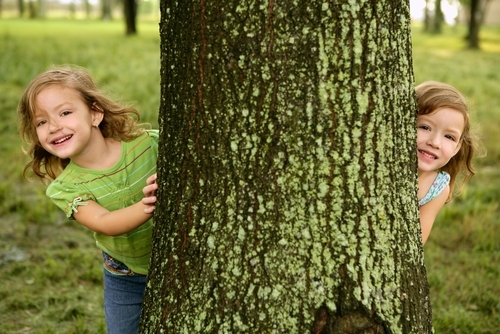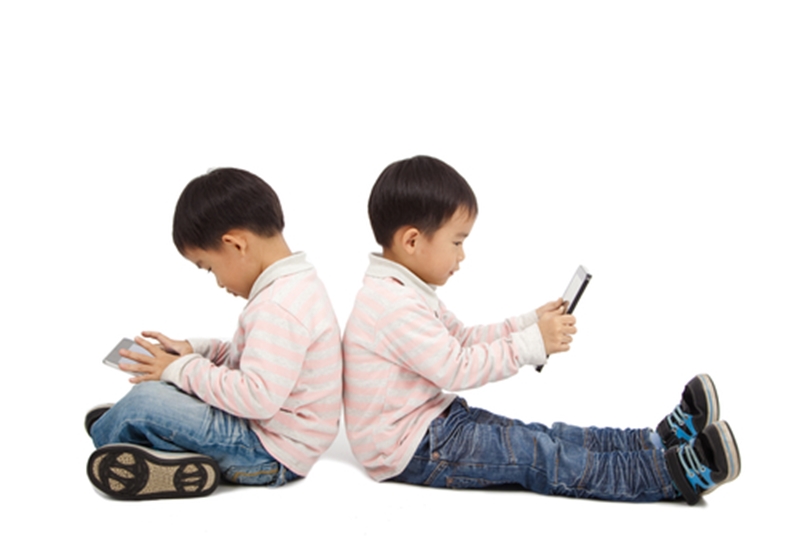
Are Our Kids Spending Too Much Time Indoors?
Do you remember the days when you were indoors at school, and the sound of the bell at the end of class would send you sprinting outside to run around in the sun? You would get home and your parents would have to yell across the garden to get you inside for dinner, and you’d spend the glorious summers breathing the fresh air.
Fast forward a few decades, and it feels like it’s rare to come across an Aussie kid who isn’t practised with a smartphone or a tablet. Portable mobile devices have become digital pacifiers for bored kids who used to be sent to play outside to keep themselves occupied.
From video games to streaming videos over Wi-Fi and 3G, navigating through apps with a well-practised hand, the ‘digital native’ generation don’t bat an eyelid at passing hours upon end sucked into a screen.
But should we be concerned?
 They’re probably twice as quick with technology than you are.
They’re probably twice as quick with technology than you are.Technology = indoors
Without looking into the argument over the effects of excessive technology use in children, perhaps the most pressing concern is that if a child is busy playing on a screen, they are likely to be staying indoors.
As brilliant as mobile technology is, most devices are not well suited to rain, or even use in the direct sun, where the glare makes the screen hard to make out.
“I think the main thing is to consider the role of the parent, who needs to make sure that their child is using technology in an appropriate way and for sensible amounts of time at home,” Senior Lecturer at Bath Spa University Emma Asprey told the Telegraph.
According to Nature Play SA, 87 percent of Aussie kids spend more time playing indoors than out, spending less than two hours each day outside. In addition, the SA group estimates that the state’s children spend 4.5 hours on average per day using a screen.
“Screen time is an obvious culprit – school-gate conversations are increasingly about excessive screen time and anxieties about the impacts of social media,” says Nature Play SA.
Reluctance to go outside
In a poll conducted by the Nature Conservancy in the US, it was found that 80 per cent of children attributed their unwillingness to go outside to discomfort, caused by things such as bugs and the heat, while just under half (49 per cent) said they just weren’t interested in spending time in nature.
As you’ll already know, sunshine is one of the primary sources of Vitamin D – a crucial element in supporting healthy bone growth in children. However, just because the sun is out, doesn’t mean you can’t be safe. With the proper application of broad spectrum SPF30+ sunscreen as well as appropriate protective clothing and a hat, kids can still get their share of safe time in the sun outdoors.
When you send your kids off to school with their sandwiches tucked away nicely in an Onya sandwich wrap, don’t forget to that playing outdoors in the sun can be thirsty work, so make sure they don’t leave their stainless steel drink bottles behind at home.
Encouraging outdoors time
Although it may seem that Australia is becoming a nation of the great indoors, that doesn’t mean that you and your family should give up on spending quality time outside. Being in nature is invigorating, and it’s important that we continue to protect our beautiful country’s natural landscapes.
You can do your part to keep Australia sitting pretty by taking a few simple steps to reduce your household waste – why not start by swapping your plastic shopping bags for a reusable, sustainably made Onya bag?


